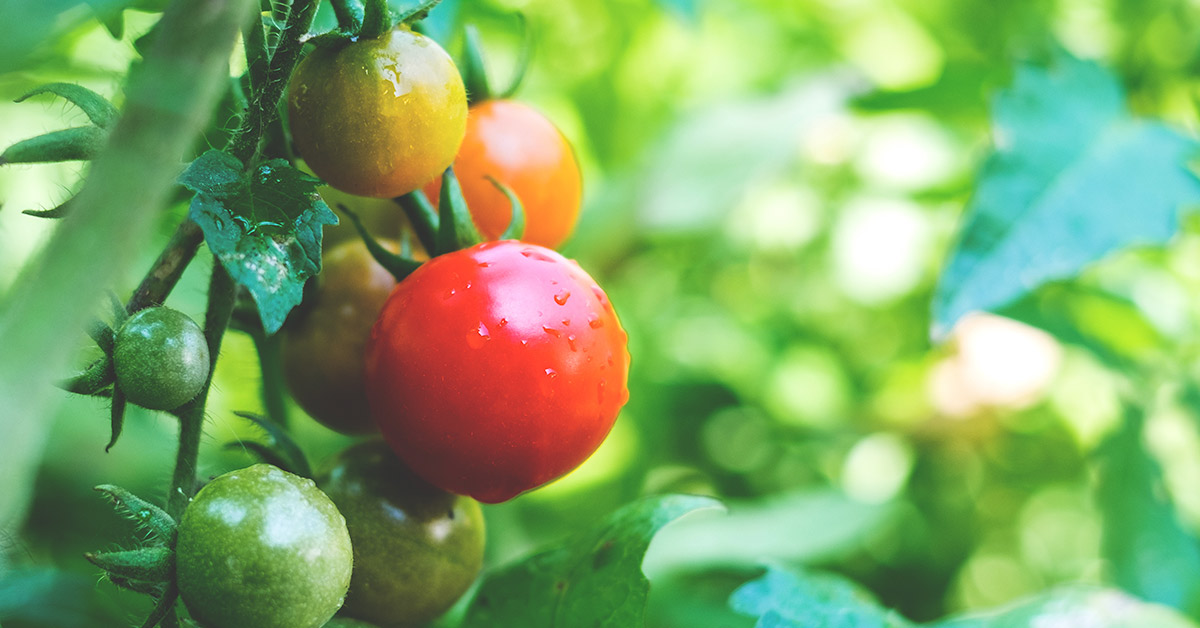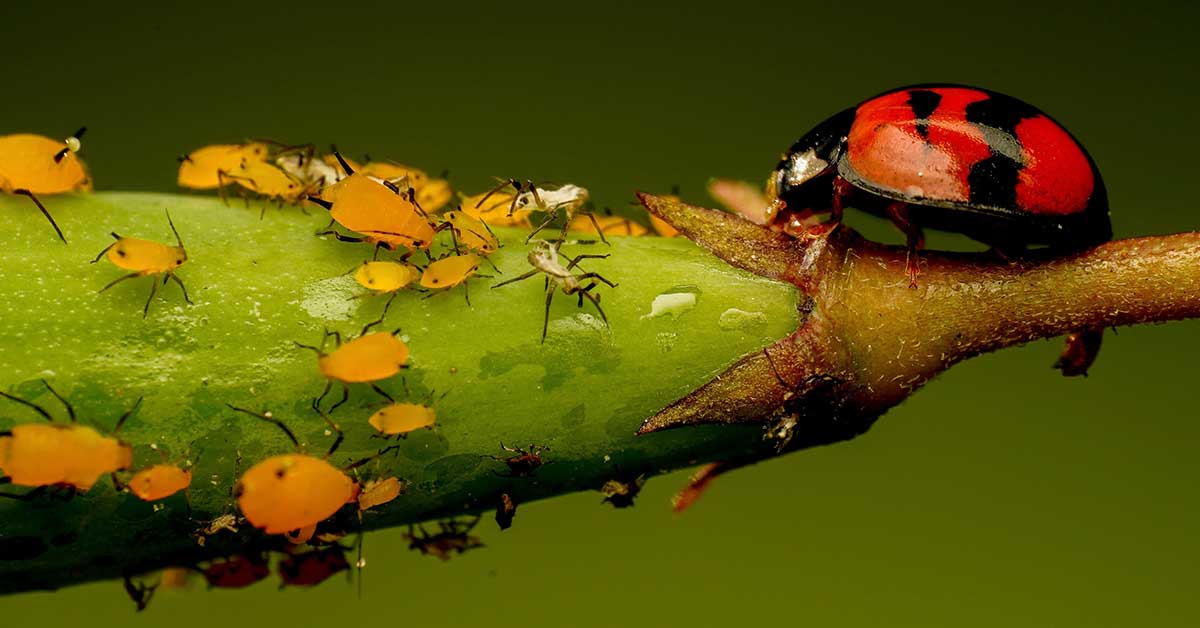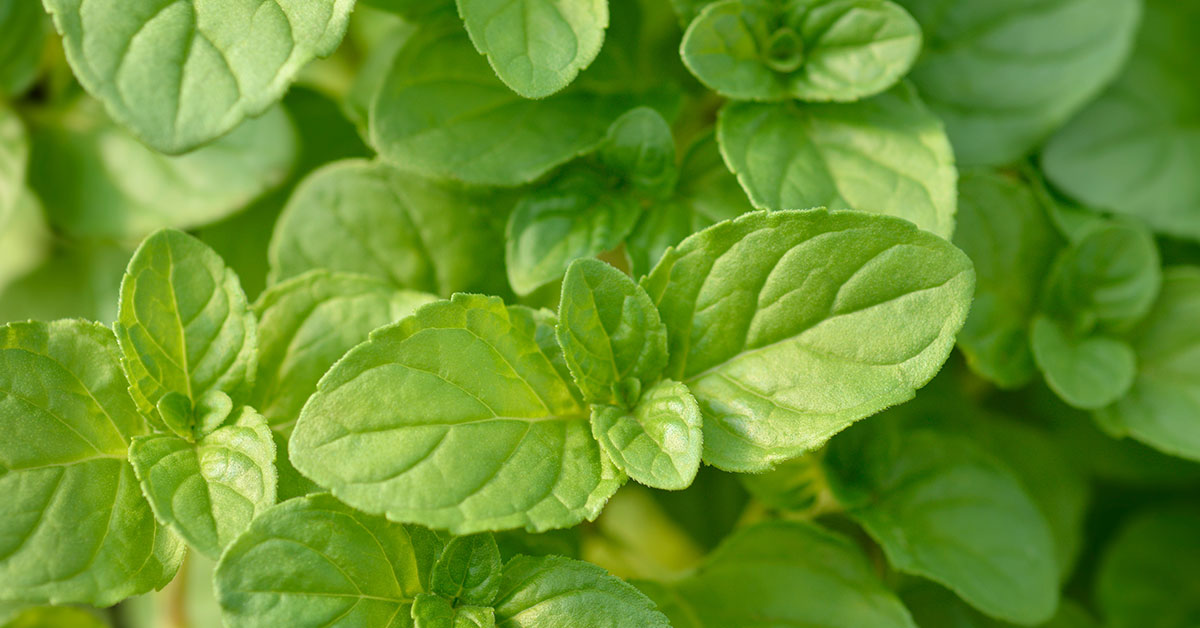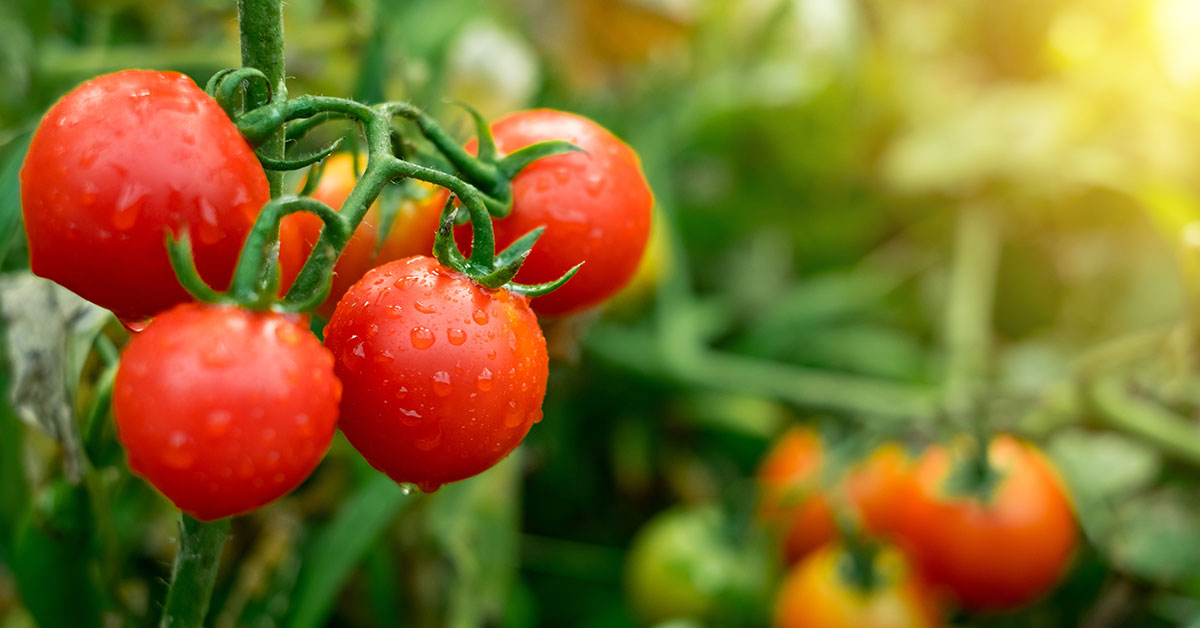Have you ever bought tomatoes from the store and found that, just a few short days later, they’ve begun to rot and turn soggy? Preserving tomatoes is a tricky business, especially when you’ve grown or purchased more than you really needed. But one Burundi farmer has discovered an ingenious way to preserve tomatoes.
Vital Nduwimana, a farmer from Kabuenge hill, Burundi, had a problem. He grew tomatoes each growing season but was frustrated by how quickly they rotted. Just a few short days after harvest, he’d see his prized tomatoes begin to rot and fall apart, causing him to lose out on precious income.
Preserving tomatoes is of vital importance
“I was not able to sell all my tomatoes,” Nduwimana told Farm Radio. “I lost almost half of my production. Worse still, I would sell at a low price in the market. So in 2015, I thought that maybe I should find a tomato conservation technique.”
Nduwimana’s experience is frustrating, but it’s not unique. This area of eastern Burundi is perfect for growing tomatoes, and many farmers do. The issue of fruit rotting before it can be sold is nearly universal. Nduwimana and other tomato farmers had tried everything, but then he had a luckly break.
Nduwimana, through a combination of providence and brilliance, set some of his tomatoes next to his banana trees and remarkably, these tomatoes didn’t rot. He discovered that ash found at the base of his banana trees may have been the culprit. So he began keeping his tomatoes in ash to see if it would preserve them.
Read More: How To Prune Tomatoes For A Better Harvest
An ashy solution
The ash itself isn’t special – it’s just ash from his chimney. He sifts it to remove debris then places the ash into paper cartons where he stores his tomatoes. Nduwimana says that this method preserves tomatoes for months.
“I keep my tomatoes in the ash for a period of five to six months, so I can sell them in December, January, or February when the price has risen—since tomatoes are rare and become expensive during this period.“
He says he hasn’t observed any negative consequences for storing tomatoes this way. He hopes that the Institute of Agronomic Sciences of Burundi will study and validate his technique for preserving tomatoes.
“There is no risk of tomato toxicity after storage in ash.”
Judhith Bizmana, another farmer in the area, says that before, she’d lose nearly half of her tomatoes to rot before they could be sold.
“I can normally harvest between 550 and 600 kilograms of tomatoes per season,” she said. “But … I would lose nearly half of my production. Today, I rub my hands and smile all the time. Thanks to Mr. Nduwimana’s technique, I can keep my tomatoes [and] wait for the price to rise in the market, knowing that very few of them will rot.”
Nduwimana says that the discovery of this tomato preservation technique has changed his life for the better.
“With the income from the sale of tomatoes, I opened a small restaurant and I am a permanent supplier of tomatoes to restaurants in the provincial capital. I supply the whole market, and I have created jobs, too. My whole life has changed. In the future, I plan to buy a truck to transport my tomatoes.”
It goes to show just what a little luck, observance, and perseverance can accomplish for you!
Read next: Your guide to container gardening tomatoes













